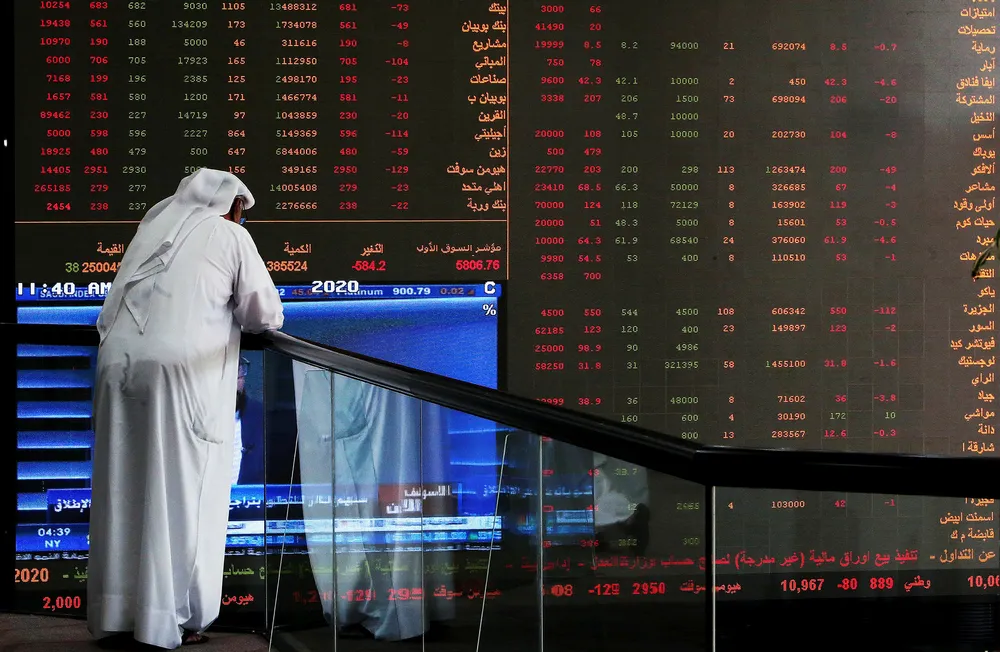Oil price sustains rally as Kuwait instigates output cuts
Crude futures rose for a second day following moves by Opec producers and others to slash supplies

Crude futures rose for a second day on Thursday following moves by Opec producers and others to slash supplies to help ease the pressure on badly-stretched storage capacity and to counter record low demand arising from the Covid-19 outbreak.
The upwards trend was helped by a less-than-expected rise in US weekly inventories.
Global Brent benchmark for June settlement was changing hands at around $22.20 per barrel, up more than 9%, while US West Texas Intermediate (WTI) was trading at around $15.70 per barrel, up almost 14%.
Opec member Kuwait said it was already implementing supply cuts that were due to take effect in May under the 12 April Opec+ reduction pact of almost 10 million barrels per day.
Kuwaiti Oil Minister Khaled al Fahdel said: "A decision in this regard is sovereign and the state of Kuwait supports collective action and consensus among Opec's member states" on the importance of market stability.
Oklahoma makes move
At the same time, the US state of Oklahoma gave producers the green light to shut in loss-making fields in the face of the market collapse.
Oklahoma's energy regulator said operators could consider unprofitable production economic waste in a move that allows those with money-losing wells to retain leases that could otherwise be voided if they halted output.
"There was no way for Oklahoma and other US producers to anticipate and plan for up to 30 million barrels per day of consumption to disappear within just a few weeks," Oklahoma Corporation Commissioner Dana Murphy said.
US inventories up
Meanwhile, the US Energy Information Administration (EIA) said on Wednesday that crude inventories rose by 15 million barrels in the week to 17 April to almost 5189 million barrels, bringing them within striking distance of an all-time record of 535 million barrels set in 2017.
Analysts had been expecting a rise of 20 million bpd.
Gasoline inventories rose by 1 million barrels in the week to a record high at 263.2 million barrels, the EIA said, compared with analysts’ expectations in a Reuters poll for a 3.6 million-barrel rise.
Distillate stockpiles, which include diesel and heating oil, rose by 7.9 million barrels in the week to 136.9 million barrels, versus expectations for a 2.8 million-barrel rise.
Inventories around the globe are expected to continue to build amid lack of demand as well as rising supplies unleashed in the wake of the price war between Saudi Arabia and Russia in early March, which has now ended.
However, the world’s two largest exporters are preparing to slash 5 million bpd between them from 1 May as part of the collective Opec+ supply restraint pact of 12 April.
Potential Trump measures
Meanwhile, Saudi Arabia is looking into re-routing millions of barrels of oil on board tankers sailing to the US if President Donald Trump decides to block imports of crude from the Kingdom, a Reuters report has said quoting shipping and trade sources.
Some 40 million barrels of Saudi oil are on their way to the US and due to arrive in the coming weeks, piling more pressure on markets already struggling to absorb a glut of stocks, according to shipping data and sources.
US officials have said in recent days that Washington is considering blocking Saudi shipments of crude, or putting tariffs on those shipments, adding to difficulties for the cargoes now on the water.
Shipping sources said the kingdom had tried to seek storage options for the cargoes from tanker owners when the ships were chartered last month, but many pushed back given booming rates and not wanting tied-up vessels.
(Copyright)